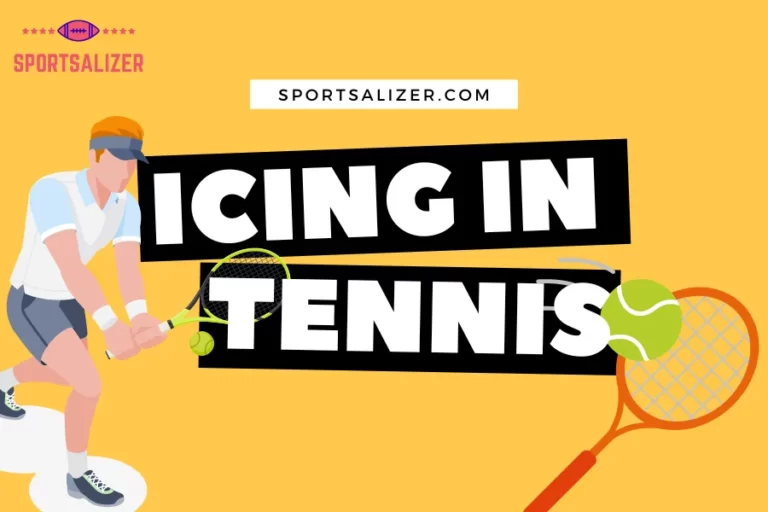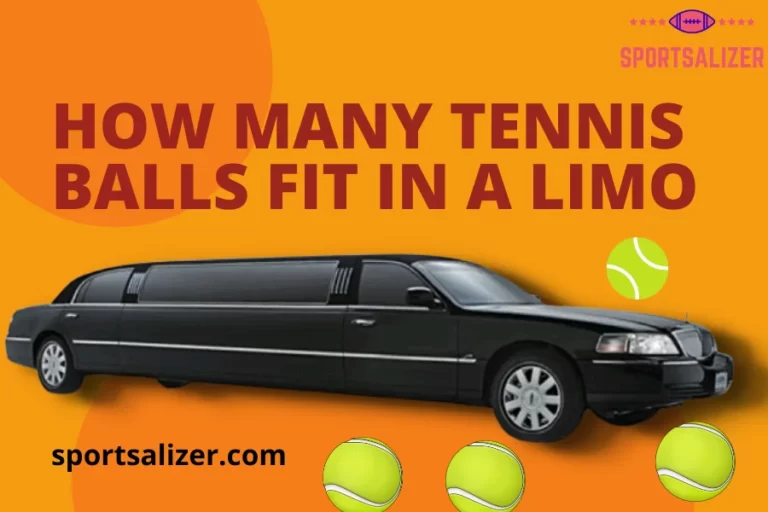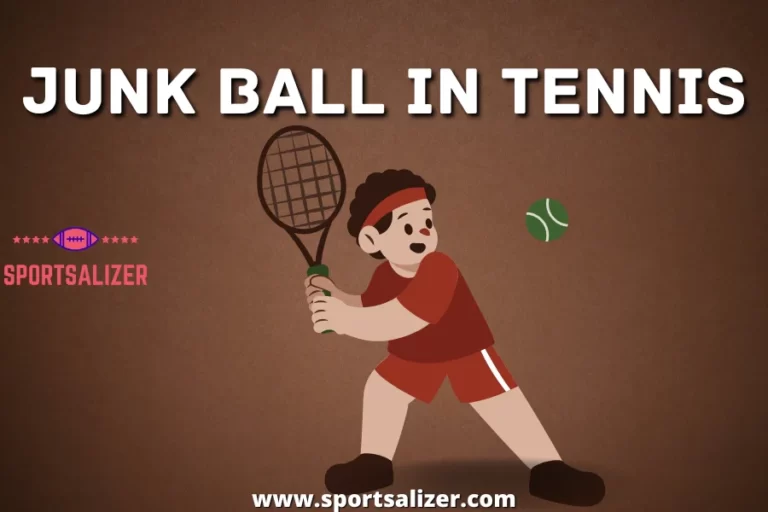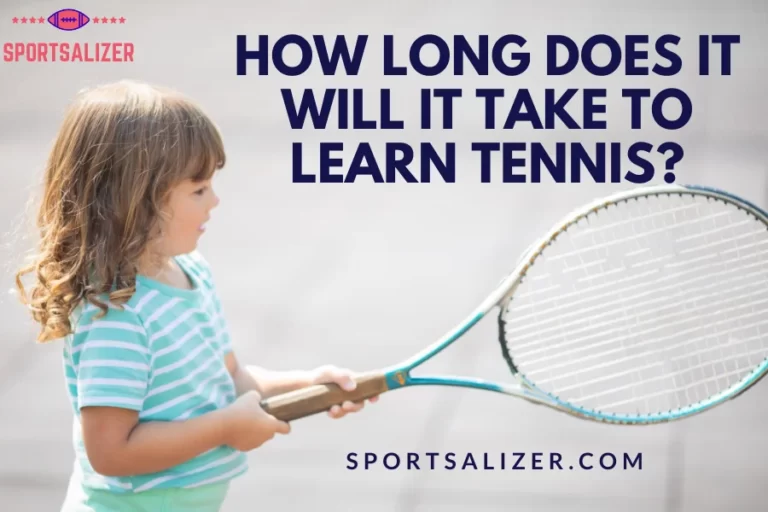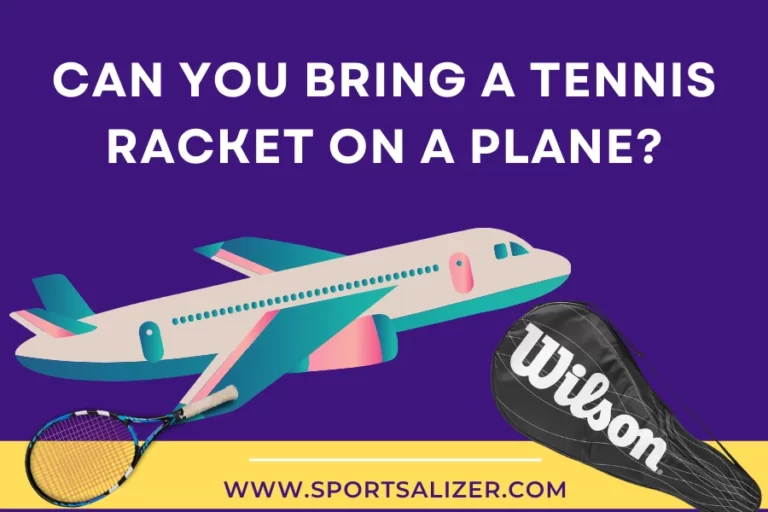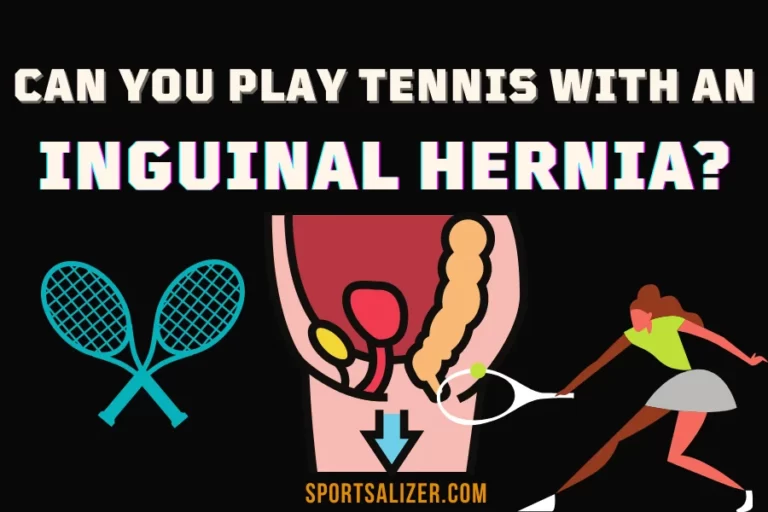MoonBall in Tennis: Most Difficult Pitching Style?

If you are a tennis fan, then you probably already know that the most challenging “off-putting style” is moonball in tennis. Experts say that if one can master this shot, they can easily beat their opponent in the game. Tennis has got quite a few trick shots, and moonball in tennis is one of them.
So what is this problematic style, moonball in tennis, that we are talking about? Okay, let us put it most. Moonball in tennis is a situation when the player hits their tennis ball with a “topspin” and is a “lob.” A lob is when the player hits the ball pretty high and lands “deep” into the opponent’s court. The ball’s path causes it to cross the net at an exceptionally high height, and the topspin ensures that it lands near the opponent’s baseline.
Contents
What’s so tricky about moonball in tennis?
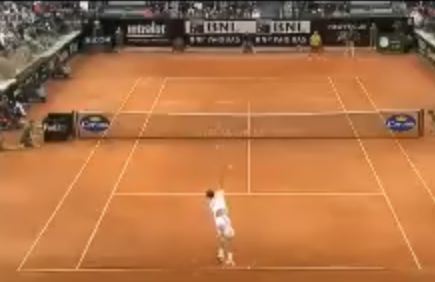
Making a lob pulls a great deal of energy away from the ball, which can slow down a rally. When the ball bounces near the baseline from a high position, it creates a high bounce that must be correctly negotiated.
In every battle, the moonball player has one weapon to use against the opponent. On their backhand, it’s not the high-played ball. It’s not even the low error rate. At the start of the game, the moonball player hooks in the opponent’s head and doesn’t let go until the handshake on the net. Their thinking, and consequently their punches, are impacted mainly by the moonball player’s style of play.
A moonball in tennis can be helpful to the player in addition to lowering the speed of the ball during rallies. It takes a lot of practice to master a perfect moonball shot, but several great athletes have done so over the years. In a rally, teeing off many moonball shots can cause frustration for the opposition, resulting in a fault. Because the ball’s pace is slowed and the opponent cannot return the ball fast, a player can recuperate from exhaustion during long rallies.
Errors opponents make while a player uses moonball in tennis
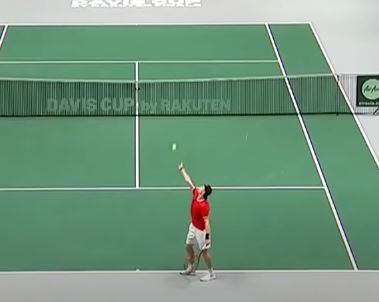
When players can master the moonball, they know how dangerous a “weapon” they have got under control. For the opponent, it is not just a game of skill at this point, but at the same time, he needs to engage in an emotional defense to save him. So here in this article, we have made a list of the mistakes a player might make against a moonball in tennis.
Errors at the backhand
Of course, a player who is a specialist at moonball in tennis has their techniques. In tight game scenarios, they will try to play over the opponent’s poor side, usually the backhand.
This tactic is effective against them since the opponent’s backhand is a little more uneasy, particularly slow, and high balls often play too short or on the net. Many players take advantage of their uneasiness and uncertainty to play riskier: flatter, quicker over the net, and closer to the lines. This knowledge is used against the other one by the moonball player.
Mental exhaustion
Against the moonball player, the opposition player is already in a nerve-wracking predicament. Every emotion, every curse, is perceived and enhances the moonball player’s self-confidence. The player who uses the moonball in tennis feels stronger when demonstrating weakness.
Rival players understand what it’s like to hit a fantastic forehand in the middle and play a “majestic longline” winner. They can achieve it if they are self-assured and have genuine faith in their talents. They’ll make a few more errors than they are used to versus the moonball player. This is inherent in the way this game is played. The rallies are lengthier, and if the opponent wants to beat the opponent, they must continue to hit slow balls.
Must Read | Top 3 Most Popular Magnetic Golf Towels
Playing with the patience
Two utterly distinct game concepts collide when a player is pitted against a moonball player. On the one hand, the opponent wants to play a fantastic match and experience spectacular rallies. On the other side, the moonball player wishes to avoid this.
Longer rallies often result in mistakes, as the moonball player knows. His attitude is geared in that direction. The longer he keeps the ball in the game, the more likely he will lose patience with the person over there. One of the moonball player’s strengths is ball changes that last more than four strokes. From one stroke to the next, the opposing player becomes agitated.
Ways to improve against moonball in tennis

You can apply three strategies to win against a player using moonball in tennis:
- Hit the net, but expect to hit a lot of overheads and chase a lot of balls back to the baseline. You’ll require a more imaginative method shot than you would versus a regular dinker to get in.
- Sneak volleys are a great way to pass the time. Start trading moonballs back and forth, then sneak in toward the net and grab the next ball in the air after you’ve hit a great deep, lofty one. While monitoring a deep, high ball, it’s difficult for your opponent to see what you’re doing, so they might not see you until you’re about to hit the smash or swing a topspin volley.
- Get in the habit of hitting on the rise. The hardest part about moonball in tennis is letting them bounce much over your comfort zone. You’ll take them at a more convenient height, your ball will return to your opponent earlier, and the ball will bounce off your strings harder, giving your shot more strength with less effort if you hit them on the rise. However, the time frame required for this is complex.
FAQs on Moonball in Tennis
How to be patient while playing against a moonball player?
In your thoughts, expect a higher error rate. If you play a slight forehand out, keep your cool. To defeat the moonball player, you must have a significant level of disappointment tolerance.
Who all are considered to be the moon ballers?
A moon baller is a player who uses a slow, safe high-over-the-net stroke with many spins to play with exceptional consistency. The pros began to hit the ball too hard to be labeled moon ballers as the sport advanced. Moon ballers are typically found at clubs.
What is the angle of the racket for a moonball in tennis?
“You don’t offer many faces to the ball since everything is tilted,” experts say. The optimal angle for your racket’s forward face relative to the ground is roughly 50 degrees, maybe less.





